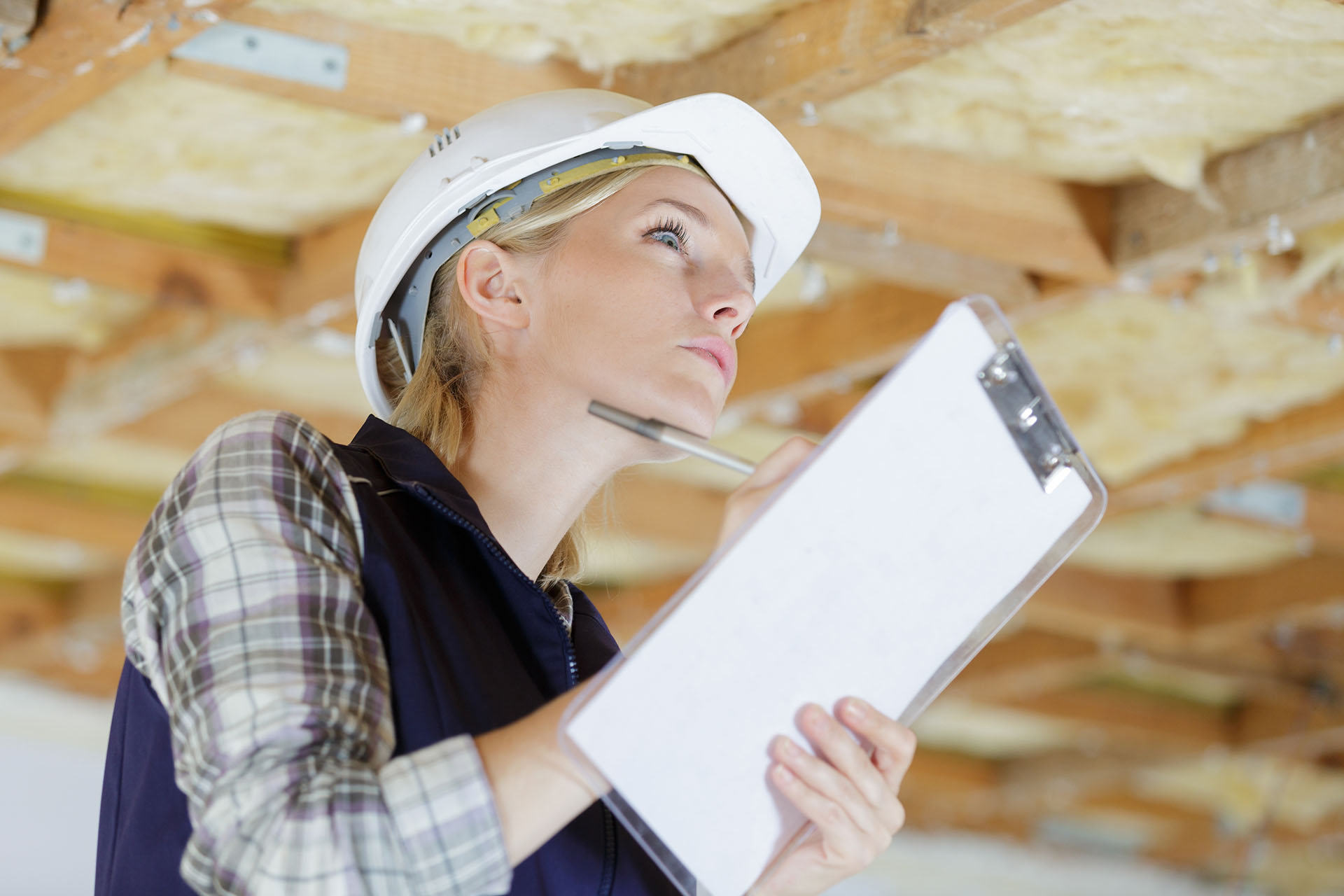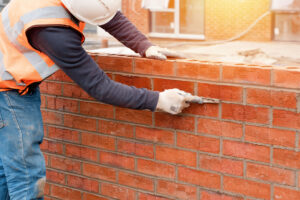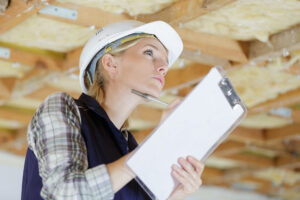In June 2022 building regulations significantly changed, the ultimate aim was to improve energy efficiency in both residential and non-residential buildings. The changes relate to approved documents F & L and new approved documents O & S.
The changes apply to new builds in both residential and non-residential as well as home renovations and extensions.
These changes have been bought in by the department for levelling up, housing and communities, this is part of a longer term strategy to reach net zero carbon emissions.
The new regulations are just a small change, as bigger changes are expected in 2025 when the future homes and building standard will be introduced.
What are the key changes?
From 15 June 2022, new-build homes will need to produce at least 31 per cent less carbon emissions. The installation of electric heating systems combined with renewable energy sources such as solar are both seen as enablers for doing so
- New non-domestic builds will need to produce at least 27 per cent less carbon emissions with similar low energy measures to the previous in place
- A new metric for measuring energy efficiency has been introduced. ‘Primary energy’ will be used to measure the efficiency of a building’s heating as well as the energy required to deliver fuel to a building (this even extends to including the efficiency of the power station supplying the electricity)
- New minimum efficiency standards have been provided. In all new domestic builds, the new U-value for walls will be 0.18 W/m2, 1.4 for windows and rooflights and 1.4 for doors. In non-domestic builds there’s a lowered U-value of 0.26 for walls and majority of windows/curtain walling must achieve 1.6 W/m2
- New and replacement heating systems in both domestic and non-domestic builds must have a maximum flow temperature of 55°C
- Existing non-domestic buildings must improve the efficiency of heating and hot water boiler systems through installation of new controls. In new buildings (non-domestic), the minimum lighting efficacy has been raised to 80 luminaire lumens per circuit watt for display lighting and 95 for general lighting
- Background trickle vents have been recommended for non-domestic buildings along with a new requirement for CO2 monitors in all offices. The recommended minimum air supply rate is 0.5 l/s.m2
- The Fabric Energy Efficiency Standard (FEES) level in new homes will be set by a ‘full fabric specification’ and SAP compliance will now be applied to extensions built on existing properties
- The new Approved Document O introduces glazing limits in new-build homes, care homes, schools and student accommodation to reduce unwanted solar gain. It also enforces new levels of cross-ventilation
- The new Approved Document S requires all domestic new builds to have the preparatory work completed for future installation of an electric vehicle charging point
Approved Documents
These are documents issued by the government containing guidance on ways to meet building regulations.
View them online at:
www.gov.uk/government/collections/approved-documents
Approved Document F: Ventilation
This has been introduced to improve both air quality and safety, with the aim of preventing the spread of airborne viruses, as well as mould and air pollution.
Part F will be introducing new measures to ensure properties receive the necessary ventilation. This will include things like the use of trickle vents on windows. These changes are needed because Part L will make houses more airtight for energy efficiency purposes , but the occupant still needs to be in a ventilated are so to keep comfortable.
Approved Document L: Conservation of Fuel & Power
The energy efficiency requirements for windows and doors and walls will be improved. Wet spacing heating systems are also being brought up to a higher energy standard with a new maximum flow temperature of 55 degrees, meaning radiators that can output high heats with a low flow will be required.
Approved Document O: Overheating
The new regulations aim to limit overheating through passive measures such as shutters or awnings, and by glazing design in new houses.
Providing the means to remove excess heat whilst limiting reliance on energy consuming aircon is key , as an example by ensuring there is good cross ventilation by having openings on opposing walls.
Approved Document S: Electric vehicle charging
New residential building will require the installation of electric vehicle charging points.
Future Homes and Building Standard
As well as the recent changes the Future Homes and Building Standards will come into force in 2025 to ensure new homes are net zero ready. Under it , all new homes will produce 75-80 % less carbon emissions than current regulations allow.





